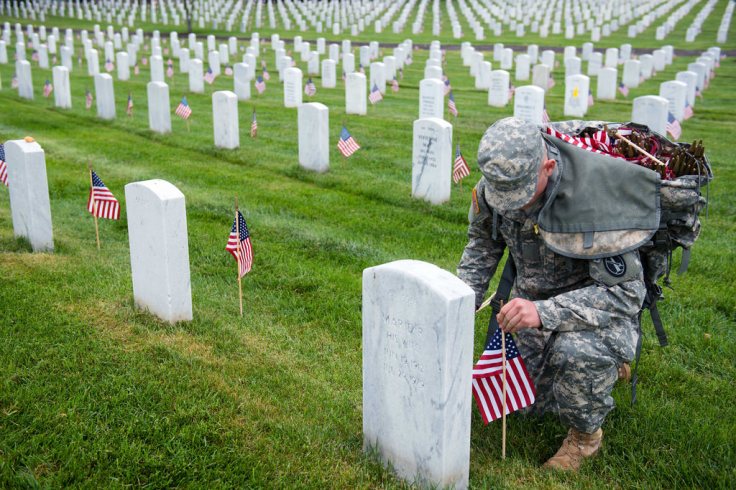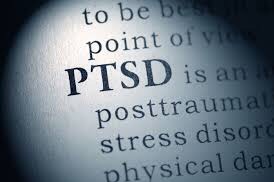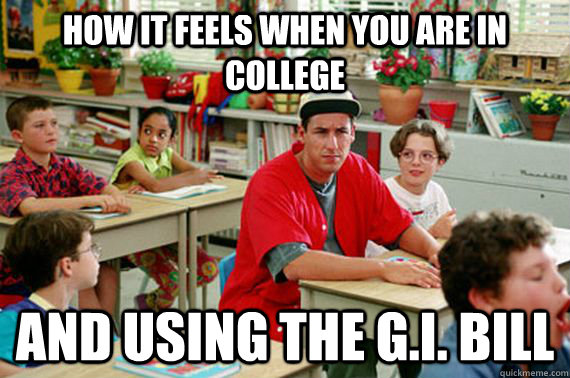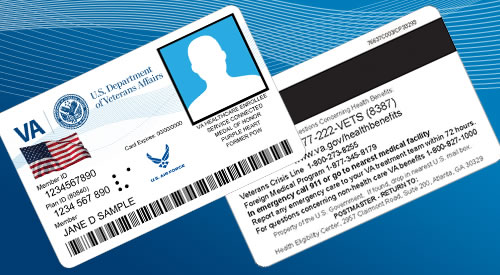
Stolen Valor.
Such a dirty and contentious issue within the veteran community, and some outside, that everyone has an opinion, from indifference to criminalization. While there have been numerous attempts by both state and federal officials to make Stolen Valor illegal, appeal courts have repeatedly struck down these provisions as violations of first amendment rights. So what is Stolen Valor?
To most people, Stolen Valor is when someone who was never in the military claims to have been and wears a uniform was evidence of that service. Or, someone who was in the military, but inflates their experiences or accomplishments. While distasteful, most people think the act is no more harmful than someone merely putting on a costume and pretending to be something they aren’t, which can’t be further from the truth.
Stolen Valor doesn’t happen when someone dresses up for Halloween, or a costume party, and doesn’t happen when someone tries to defraud the government and private organizations, which when it comes down to it is just fraud and covered by applicable laws. Stolen Valor is when someone who isn’t a veteran, or a veteran who distorts the character of their service, claims to be something they are not and negatively impacts how the public sees veterans, how veterans see each other, and how veterans see themselves.
I know what you’re thinking, how can someone playing dress up negatively impact someone else?
I could point out that we don’t allow, or tolerate, someone to impersonate, say, the police or doctors, but the easily reply would be that those situations are public safety concerns.
So, for the three points I mentioned above. First, how the public view veterans. I fell safe in saying that military service is a unique experience, and provides a unique perspective that isn’t provided by other experiences, that for better or worse it is an experience many Americans are interested to learn about. Recently, both political candidates announced how many retired or actively serving general or admirals support them, people also find it interesting when veterans become involved in social issues, so it should not come as a surprise when those who claim to be something they are not behave badly, that stigma still impact veterans.
Stolen Valor also impacts how veterans treat each other. Since the start of the Iraq and Afghanistan wars, the instances of Stolen Valor have increased and have led to mistaken accusations that erode trust within our community. It is an old idiom within the veteran community that when you get multiple veterans together, they are going to drink coffee/beer/whiskey and tell each other lies, in a good-natured sense, once the community starts to suspect each other of Stolen Valor, that comradery will be gone forever.
That leads to the final problem with Stolen Valor, the veterans loss of identity with themselves. In American, we grow up learning that it is wrong to hurt others, a lesson some learn better than others, but when you join the military, you are expected to forget those lifelong lessons. Not only are you told that it is OK to hurting others, who meet certain criteria, but you are encouraged and expected to do so. Then you leave the military and are told to go back to your old mode of thinking, a transition some are better able to make than others.
With veterans questioning each others service, this leads to veterans not wanting to share their stories and experiences with the fear that these instead need to be forgotten or hidden. We saw this result after the Vietnam War to disgraceful effect.
There is no solution to this problem to had from the government, but the veteran community can negate the impact this effect has on us all by keeping the faith with each other and when you find a veteran in need just listen.
-Public Intel







